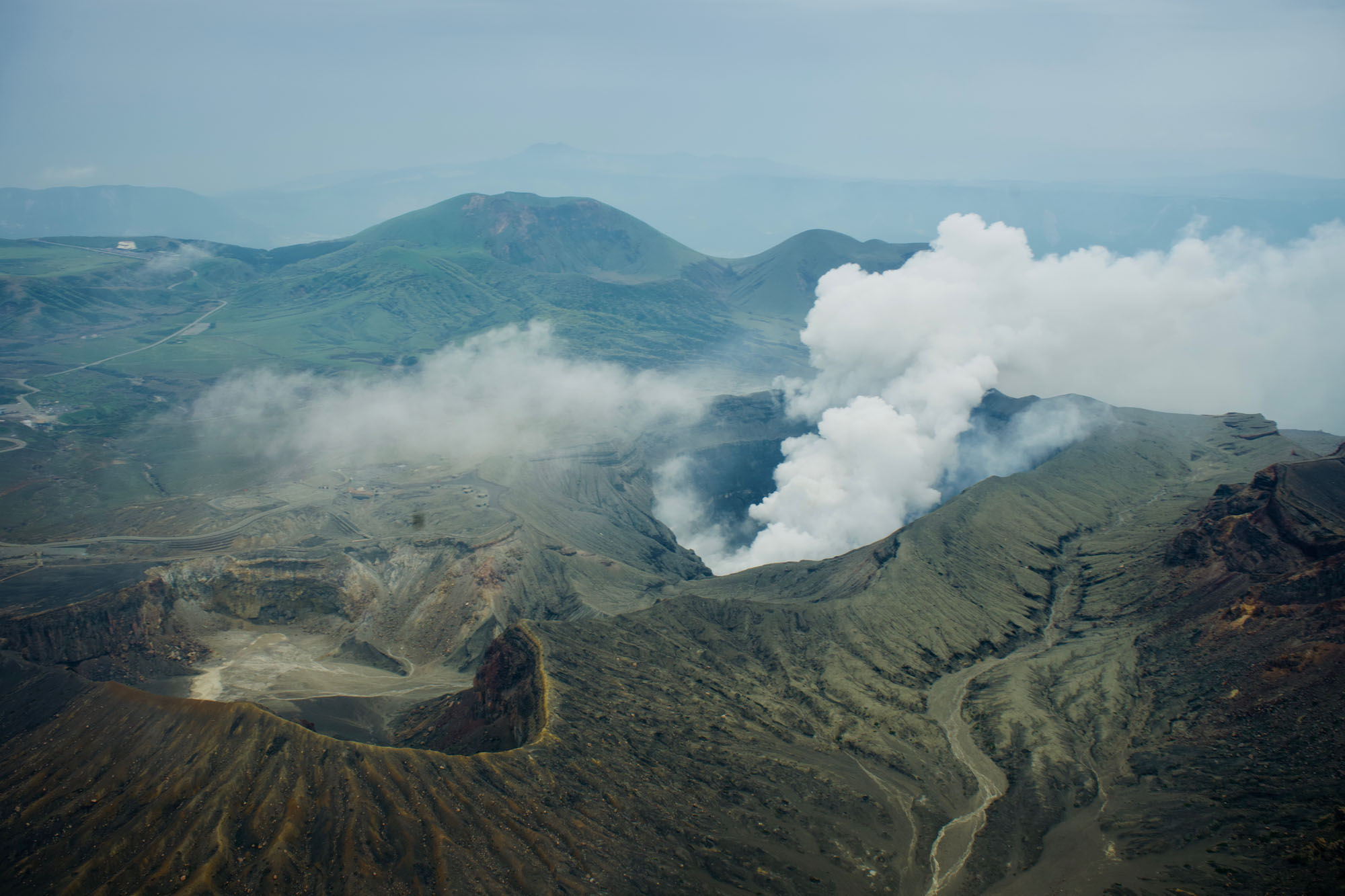Since 2016, Kumamoto has been associated more with the earthquake and aftershocks that damaged much of the city and prefecture than as a travel destination. Though reconstruction is complete in most areas, there is still evidence of damage, most notably to Kumamoto Castle, a prefectural icon whose walls and main keep are still undergoing extensive repairs.
As far as cities go, Kumamoto is nothing extraordinary, though there is plenty still worth visiting. The surrounding countryside, however, is magnificent. The eastern part of the prefecture is dominated by Mount Aso, Japan's largest active volcano, and is home to numerous onsen (hot-spring baths). To the west is the coast, with views across the Ariake Sea toward Nagasaki Prefecture and the fearsome Mount Unzen, another of the region's active volcanoes.
Kumamoto Prefecture is large and much of it is difficult to access by public transport. Though most of the locations in this article can, eventually, be reached by a combination of trains and buses, the itinerary is best followed by car, starting from the cities of Fukuoka, Oita or Kumamoto.



